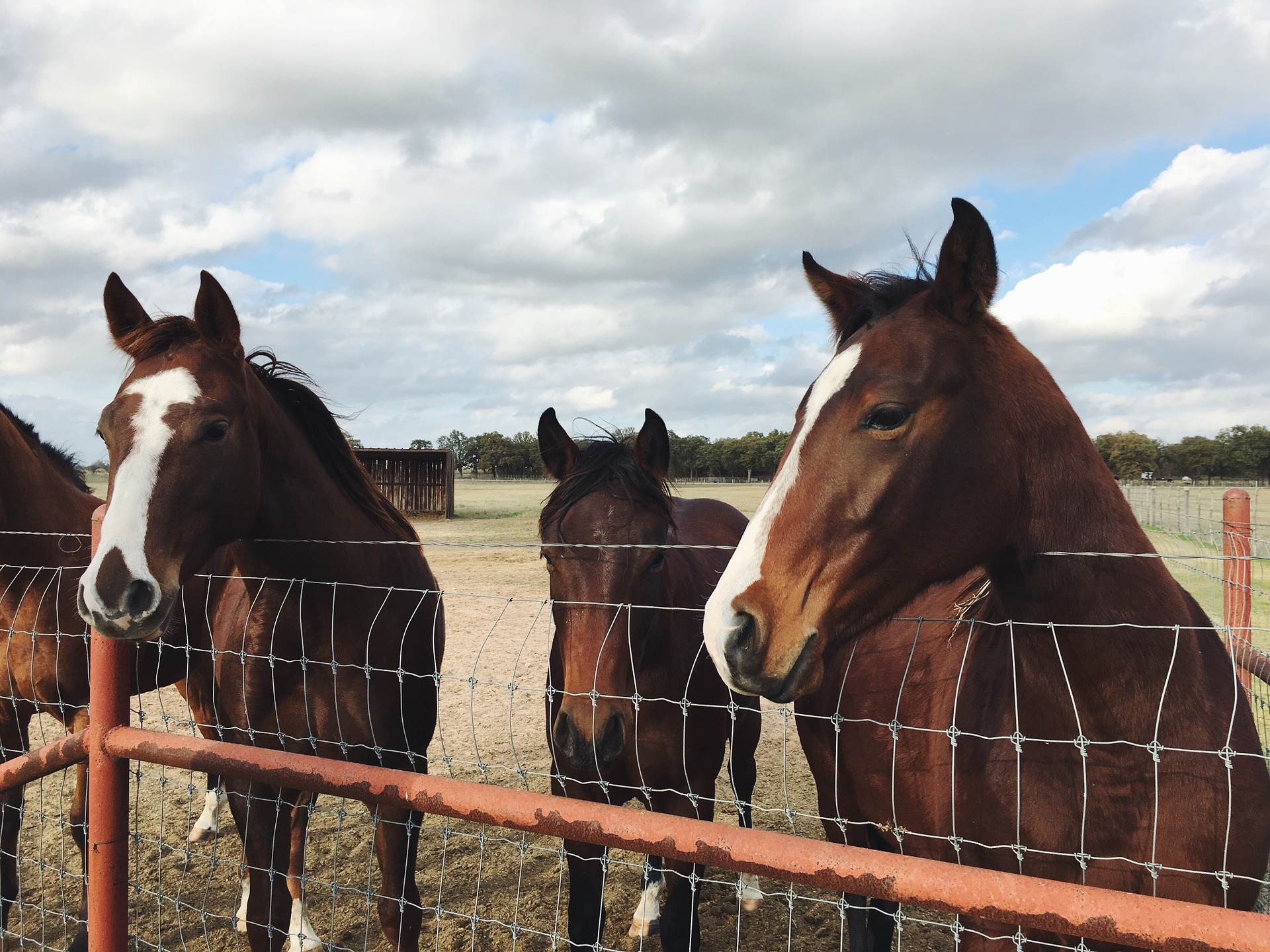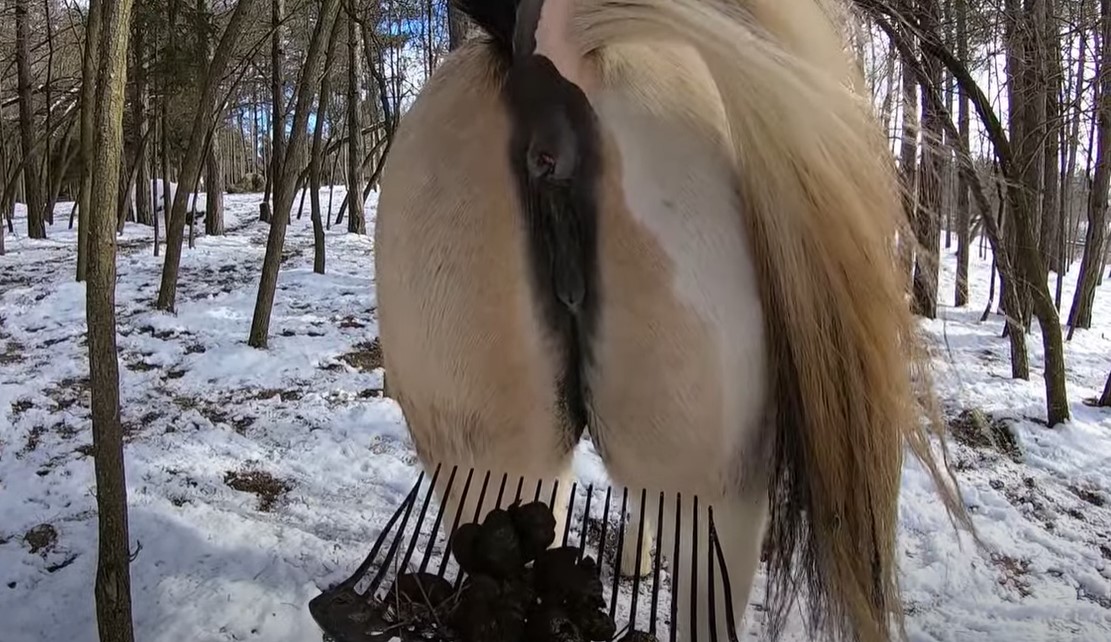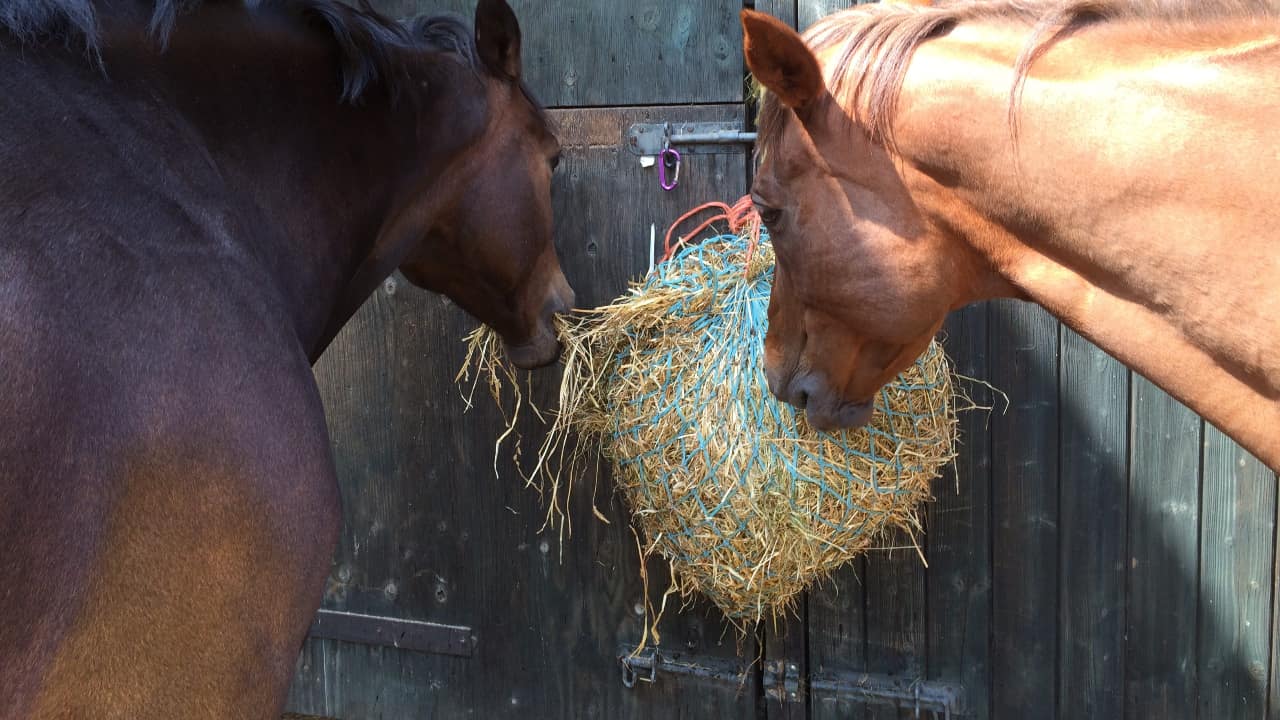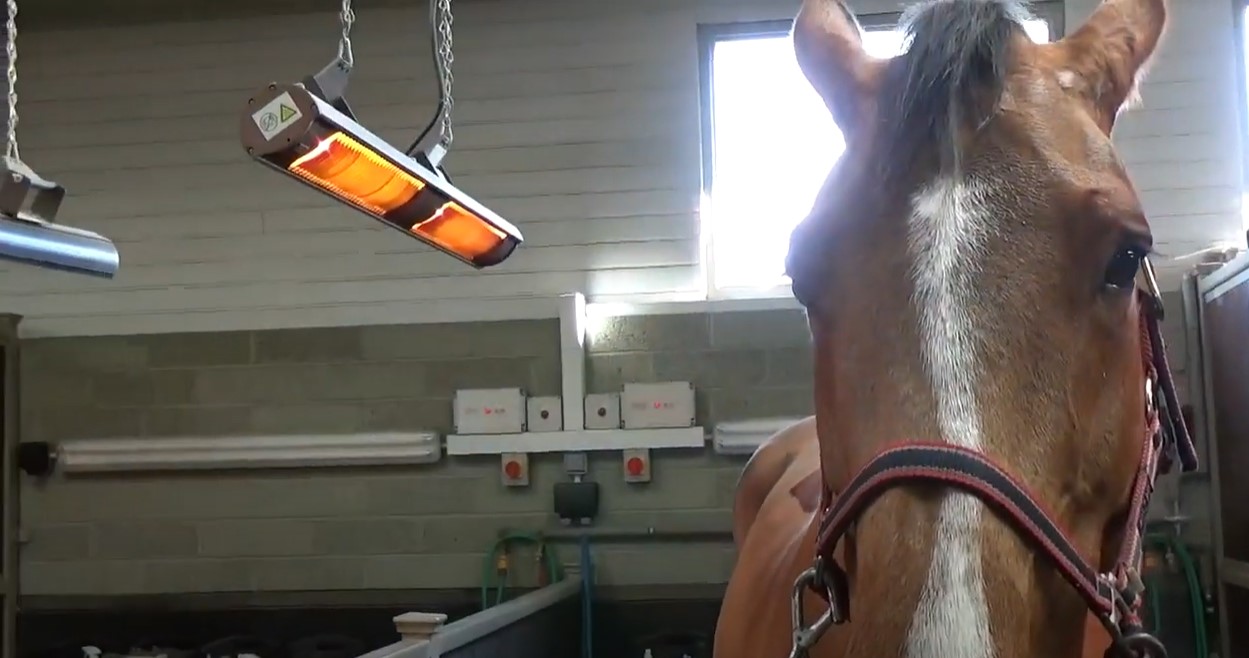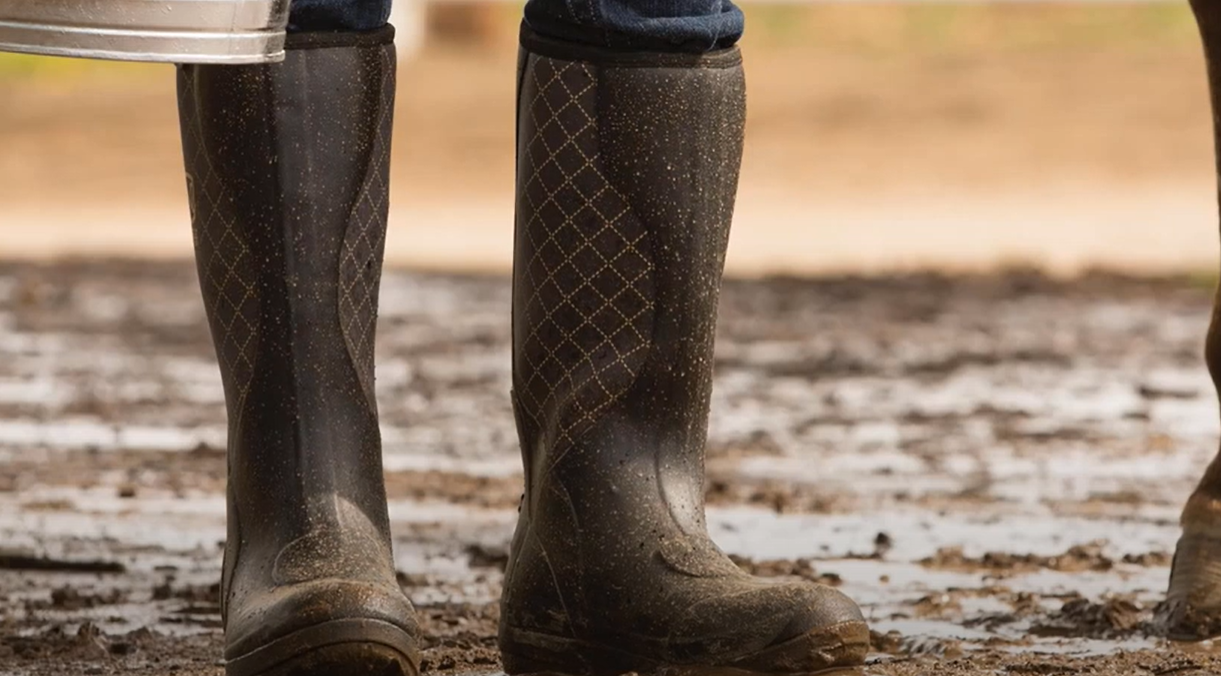History tells us that all around the world, since horses were first domesticated, our ancient ancestors depended on a fence to contain them. Quite simply if we didn’t keep horses within a fence then we wouldn’t be able to keep them at all. This is why fences are vitally important and much care and consideration should be taken into account to choose the most secure type for your horses. Below we're going to take a look at electric fences, what you need to set them up and how to install them. With this information, you'll be able to confidently choose the best electric fence for horses.
Benefits of Using Electric Fencing
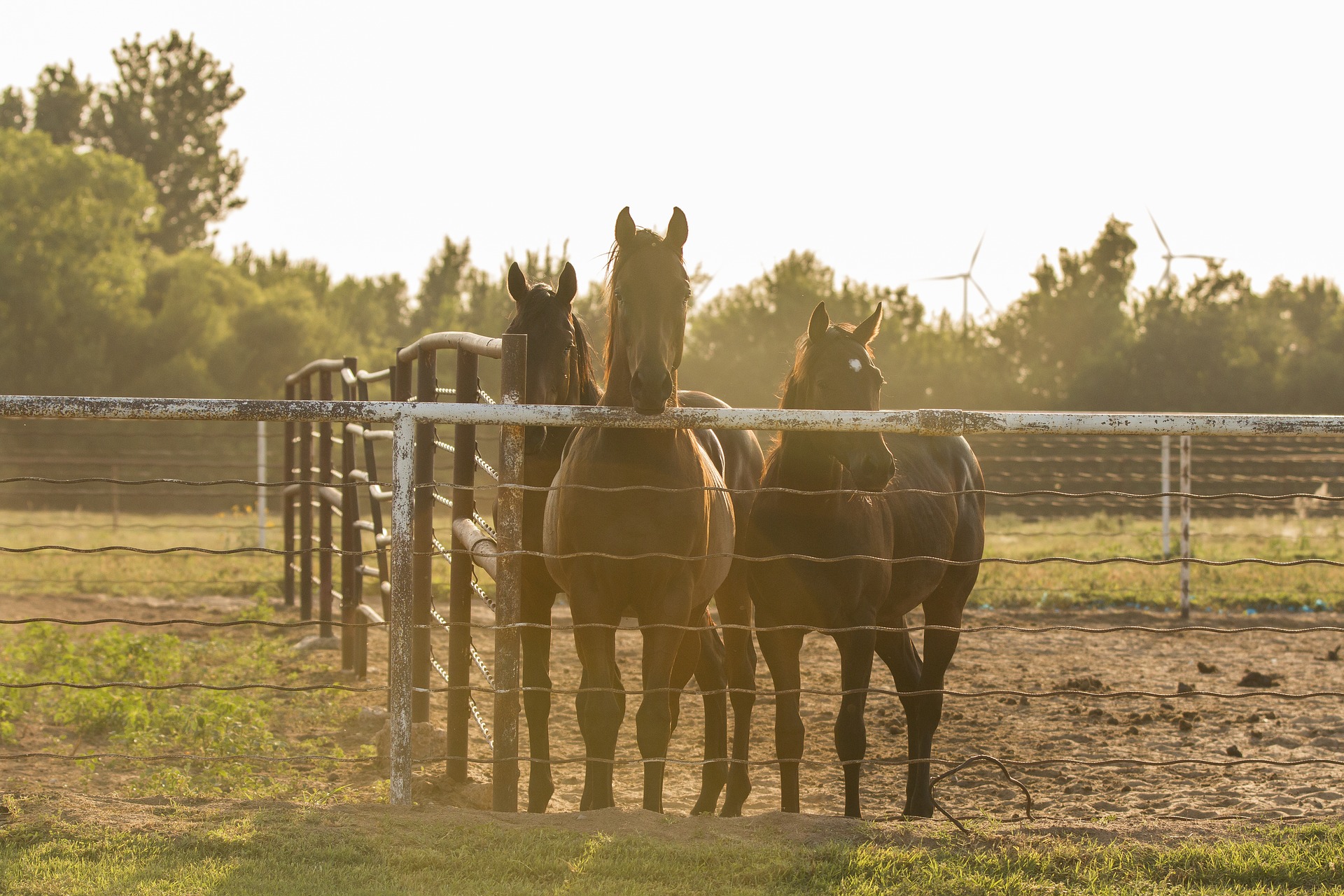
Compared to traditional fencing for horses such as post and rail, electric fencing is much cheaper and easier to install. It's so easy, you can set up a quick boundary to keep your horses contained anytime you need it. This could be to restrict grazing, rotate pasture or even set up a temporary field for overnight camping. Electric fencing is also a great way to protect existing fencing from the abuse of horses. You can do this by installing a deterring “hot wire” on the top rail. Electric fencing with its sleek design will also give your horses more of a view out, and you more of a view in.
How Does Electric Fencing for Horses Work?
Electric fencing creates a physical boundary for your horse but this boundary isn’t always respected. Horses will chew non-electrified fencing, they’ll rub on it, and even kick at their neighbor across it. Electric fencing, however, creates a psychological boundary. Your horse will associate an electric fence wire with discomfort which will urge it to stay away and show it the utmost respect. Though shocking your horses with electricity may seem extreme, an electric fence is less dangerous than barbed wire for example.
Electric horse fence wire is supplied by a constant current which runs in a circuit with regular pulsations. If horses, animals, a person or a tool touches the electric fence wire, the electricity will incorporate it as part of the circuit. This produces a small shock and often a noise that will cause a person or horse to jump away. There’s no lasting damage from the shock from the fencing but it's not a pleasant experience and horses will quickly learn to respect it.
Things You Need to Set Up Electric Fencing For Horses
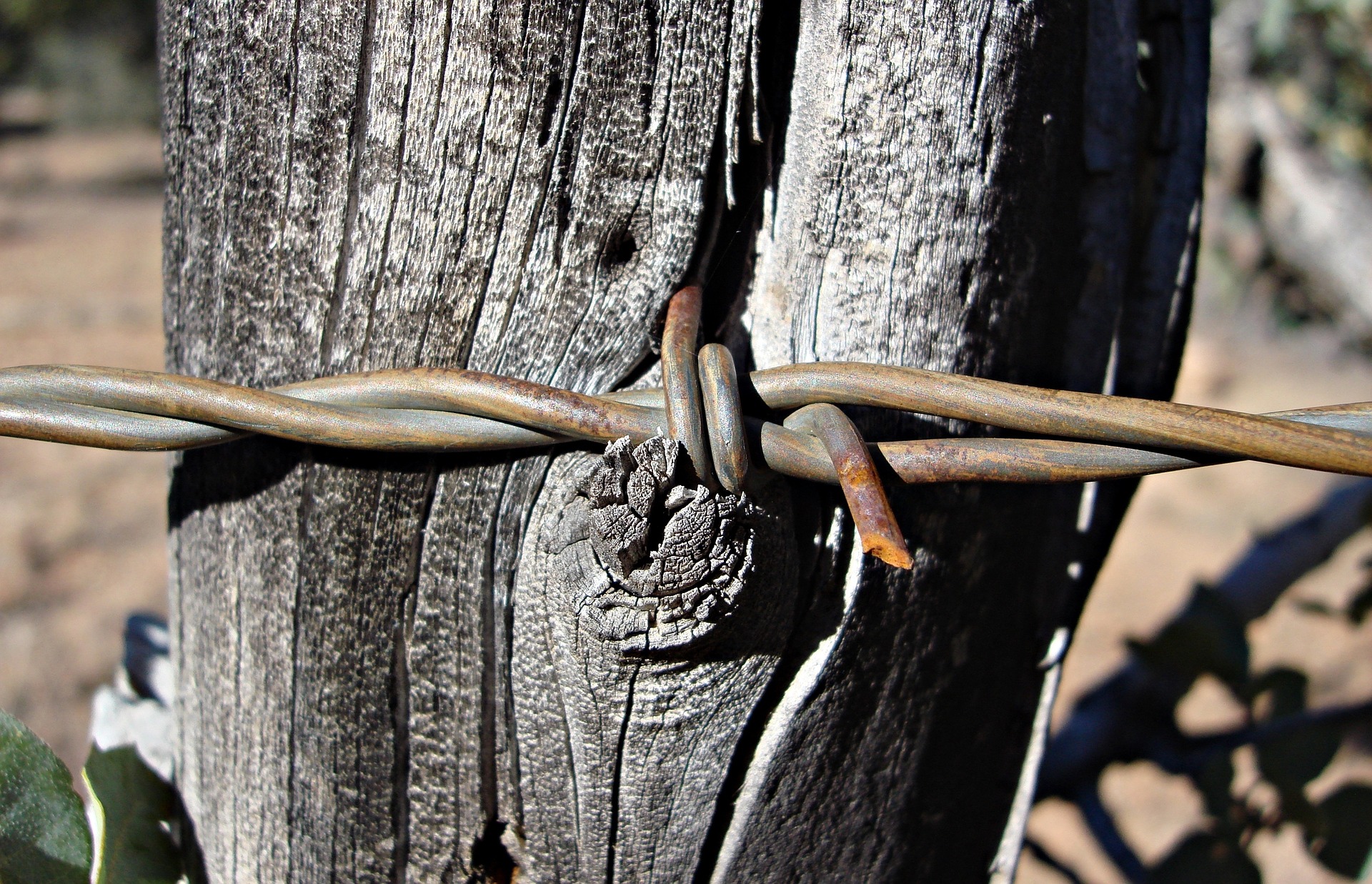
Below we're going to take a look at all the vital components you need to set up the best electric horse fencing system.
The Conductor
When it comes to selecting the best and most effective conductor material for your horse's electric fence, you'll find several options to choose from.
Steel Wire
A steel wire fence is the traditional material for electric fences for horses, though its rarely used these days. Wire fence is cheap and a good conductor but it's very thin, making it difficult for horses to see. Steel wire is tough and hard to break too meaning if horses get stuck in it, there's a big risk of injury.
Electric Tape
There are many safer horse fencing alternatives to wire including electric tapes. This is the most visible fencing and is available in different widths to suit your needs. The wire is often woven into the tape. It will usually be made with copper, stainless steel or aluminum as the conductor and it’s elastic won't become too tightly woven around horses in case of a tangle in the fence. Tape is a good choice for a long-distance fence because of it's conductivity and it's also good for cold climates as it gives well to expansion and contraction.
Soft Cord
Other safer alternatives to wire fence include soft cord integrated with strands of copper or stainless steel. This is the softest type of fence and it will break if horses get caught up in it. For a more permanent fence, then a professionally installed Equifence by Gallagher is a worthy investment. It's very durable, lasting for years and it's specially designed with horses in mind.
Electric Fence Posts for Horses
You need electric fence posts to support your conductor, and these come in a range of different options to suit your budget and needs. The most common choice of fence posts for short term electric fencing for horses are plastic. They usually come with built-in placements for you to attach your conductor. Plastic fence posts can be inserted easily into the ground and they are the least expensive poles on the market. Another option for electric horse fencing is fiberglass poles which are also easily inserted into the ground. They are more durable and flexible than plastic posts.
For a permanent electric fence, it's best to use wooden posts with special insulator connections. It's always important to make sure that the corner posts of the fence are reinforced as this will be under a lot of pressure from the taught wire or tape. You can buy special corner posts that are reinforced at the bottom for extra strength and won't bend or pop up from the ground under strain.
Insulators
Insulators are made from none conductive materials such as plastic or rubber. They generally have a screw or an attachment for you to put it on the post. The conductor is then threaded through this ensuring a clean, flowing circuit that doesn’t make contact with the poles. Your choice of insulator will depend on the type of conductor you’re using. It's better not to use an electric cord on a conductor that’s designed for a tape for example.
Connectors
For larger areas of fencing then it's quite likely you’ll need connectors to join lengths of tape or wire together. It's important to use connectors rather than tying because knots can cause short circuits and become a fire hazard. By using special connectors you're allowing the circuit to run safely and smoothly around the fencing. Just like insulators, you should choose your connectors to suit your conductor.
Handles
Every fence needs a gate or doorway, and for electric fencing, you need to buy special gate handles. These not only act as a doorway but they also act as a circuit interrupter making the fence safe to open and close. The gate handle will be covered with plastic or rubber so you can handle it safely. It should be strategically placed with anchors so that it acts as a disconnection point for the fence.
Power Source and Fence Charger
The power for your electric horse fence will come from either the mains or a battery. The charger works alongside a battery or mains power to keep the correct current and voltage pulsing through the fence. Your charger will hook up directly to the fence with a wire which should ideally be insulated for extra safety. Batteries and chargers need to be protected from the elements so it's a good idea to have them covered. Except in the case of solar chargers which can be placed anywhere to be facing the sun.
Earth Rod
The last thing you'll need for your electrical fence is an earth rod. This is connected to your charger to ensure a complete circuit flow when the fence is touched. The earth rod should be made of a conductive material such as metal and should be long enough to go deep into the ground. In very hot places it's necessary to pour on a bucket of water occasionally so that it maintains its conductivity with the earth.
Different Special Features to Consider
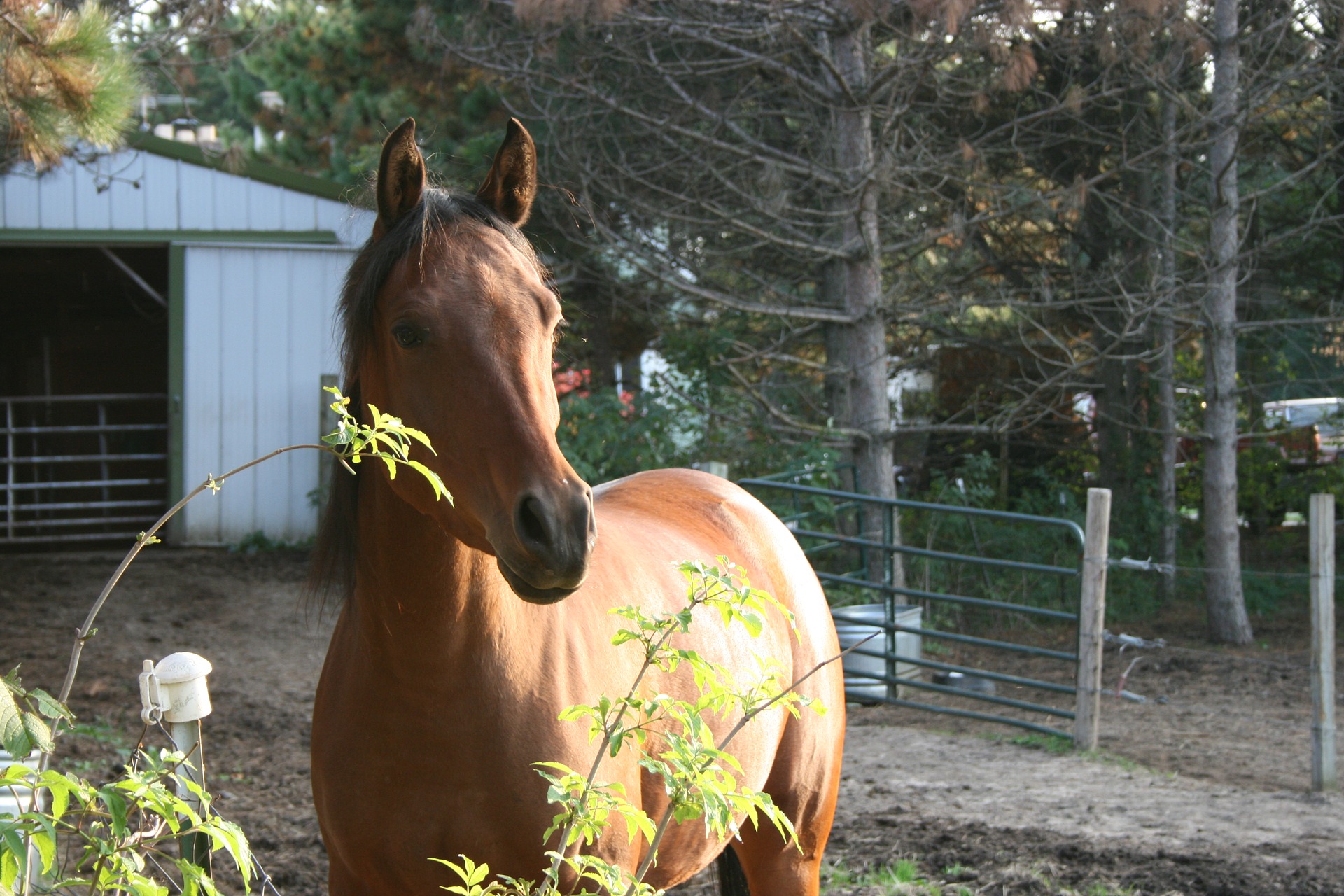
The most important thing to establish is whether your fence will be a permanent or temporary feature.
For permanent fences, you should choose durable components designed for long term use such as wooden poles with tape for example.
For a short term fence, you would use easy to install materials such as plastic poles and cord.
If you’re on the trail a lot then you can even buy a portable electric fence for horses. These specially designed portable electric fence kits for horses have everything you need to make a sturdy corral while you're on the move.
If you live in a sunny climate then it makes sense to invest in a solar charger. This way you never have to worry about batteries running out and your horses escaping. Solar chargers are convenient because they can be placed anywhere and don’t need a mains supply.
The best way to make sure that your fence is always functioning properly is by using a fence tester. This is a handy item that not only tell you if there is a current, but it'll also tell you how strong it is.
How to Install Electric Fencing for Horses
Firstly you should plan your route and make sure the area is free from obstructions and within reach of a power source if you need one. Then you need to think about how high, or low, you need the fence to be. Little ponies and the smallest horse breeds will need a smaller fence than large horses for example. The poles will determine the height of the fence and are available in sizes from 40 inches ranging up to 68 inches. Poles should be placed between 12 and 20 feet apart depending on what conductor you’re using.
You should also consider the pole size in relation to how many lines you want running across the fence. If you need more lines for a stronger fence then you'll need longer posts. Temporary fences or “hot wires” may only need one line but more permanent fences will need several. When fixing your conductor to the fence, pay careful attention to the tension. It needs to be tense enough not to blow around in the wind but just loose enough not to cause the poles to bend. And lastly, it's advisable to put the charger in an accessible place for daily checking, and in case you need to turn it off quickly in an emergency.
Precautions to Take When Using an Electric Fence for Your Horse
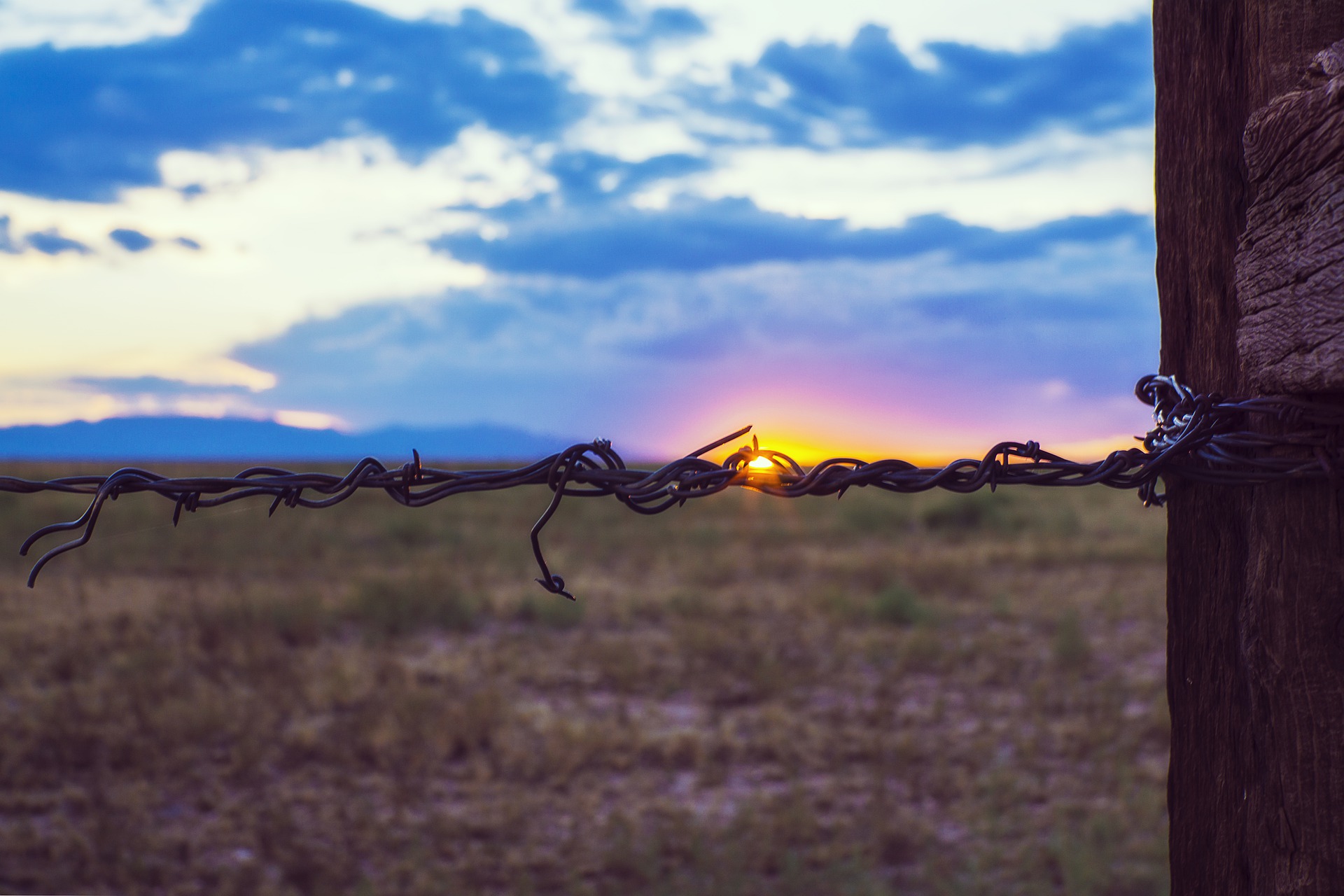
All types of fencing for horses come with an element of risk, think of perils of barbed wire for example. It is necessary to take precautions whenever you're working closely with electricity and with electric fencing is no exception. To keep risk to a minimum and your horse safe, you must check your electric fence daily to make sure it's functioning correctly. Always make sure that there’s no vegetation or grass touching the fence. Not only will this absorb the current, it may also get hot and become a fire hazard. Take care to keep any conductive materials such as metal away from the fence, this includes tools, vehicles, and even jewelry on your hands.
If you're using electric fencing for horses as a “hot wire” to protect an existing fence, make sure it's placed at a safe distance away. This is especially important if your fence is made from a conductive material such as a wire. Though electric fences do a good job of containing horses, they’re designed to break after all. It's for this reason that you should avoid relying solely on an electric fence to keep your horses safe if you keep your horse near potential hazards such as the main road or railway, for example.
Introducing a Horse to an Electric Fence
The first time that a horse encounters an electric fence will literally be a big shock for it which is why it should be done in a controlled environment first. With the fence off, walk the horse around the perimeter and let him investigate and become familiar with it. Leave the horse alone in the paddock and then switch the fence on. It's possible the horse will be spooked the first time he touches it so it's better that you or other horses aren’t in the way. The horse is considered to be an intelligent animal which means that it should grasp the concept of the electrified fence pretty quickly.
The 6 Best Electric Fences For Horses
1. Common Sense Fiberglass Fence Post
This 48-inch fiberglass pole is resistant to the elements and will not rot or rust. It has lots of flexibility, so it can bend lots without losing its shape. Each pole has a stirrup on the bottom which gives it extra anchorage in the ground. It conveniently comes with 4 clips that will attach electric tape or cable.
2. Gallagher Solar Electric Fence Charger
This high-quality solar charger from Gallager is durable, highly portable, very easy to install and comes with a strong protective case. It's an easy and safe way to provide a solar electric fence for horses. The reliable battery works for up to three weeks of cloud cover and there are lots of connection points so you can fix this charger anywhere.
3. Electrobraid Horse Fence Conductor Reel
This reel holds 1,000ft of electric rope that contains double copper conductors. It's designed specifically for the horse making it a very safe choice together with its black and white chequered design that gives it high visibility. The UV resistant material makes this rope highly durable and it has special flexibility so it doesn’t need special tensioning.
4. Zareba 1/2 inch Equine Poly Tape
Zareba are professionals when it comes to electric fencing. This reel contains 656ft of electric polytape that’s woven with five strands of stainless steel conductors. Its black and white design makes it very visible to the horse. This is a good tape for using on long fences but doesn’t do well under extreme tension.
5. Farmily Plastic Electric Gate Handle With Anchors
This highly visible yellow handle comes with heavy-duty gate anchors to give it extra stability. The handle has a comfortable grip and is extra large to provide added insulation. The hook and tension spring mechanism is heavily reinforced for added safety.
6. Electrobraid Heavy Duty Insulators
These durable insulators are designed to be used with the Electrobraid fencing system but are also suitable to use with other types of conductors. They're very versatile and can be used on poles as well as posts. Their glass-filled nylon design is coated with a strong UV inhibitor giving them a long life span.
Top Choice
When it comes to choosing the best electric horse fencer brand then Gallager excel in quality, safety, and efficiency. Their solar charger will cater for every electric fence requirement. It's easy to use and easy to install and even comes with a three-year warranty.
Conclusion
No matter what type of fencing you choose for your horse, each will have individual pros and cons. Whether you're looking to make a permanent horse fence to keep your horses in or a simple “hot wire” fence as a deterrent, it's important to choose quality products to create the best electric fence for horses. As long as electric fencing is installed correctly and regularly maintained, then it's pretty safe to use with your horse. For maximum safety and efficiency, make sure you choose materials that are fitting to your specific fencing requirements.
